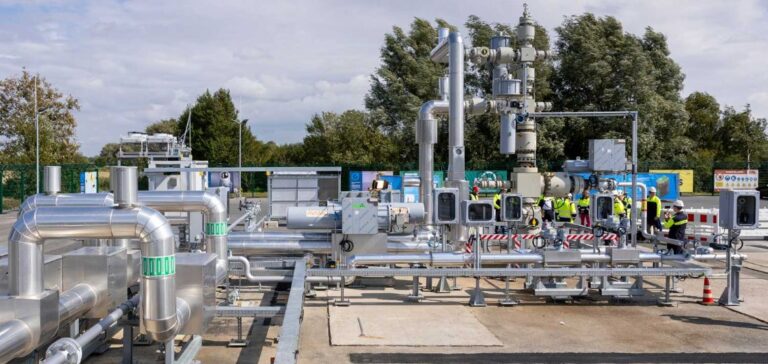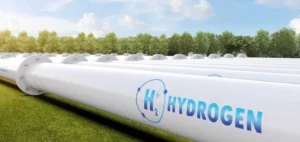The feasibility of storing hydrogen in salt caverns has been demonstrated by the Hypster project (Hydrogen Pilot Storage for Large Ecosystem Replication), led by French energy group Engie through its subsidiary Storengy. This method, confirmed after four months of intensive testing involving 3 tonnes of hydrogen and 100 injection-withdrawal cycles, verifies the industrial viability of a previously experimental technology. Traditionally used for seasonal storage of natural gas, these salt caverns can now potentially meet more immediate market needs by offering flexible and rapid management of injected and withdrawn hydrogen volumes. Engie aims to leverage these findings to support significant growth anticipated in the hydrogen market by 2035.
Strategic Storage and New Technical Constraints
Salt caverns offer optimal sealing capabilities and responsiveness compared to competing methods such as porous reservoir storage, whose primary drawback is the difficulty of continuously ensuring hydrogen containment. As hydrogen is particularly volatile, its storage requires highly secure infrastructure and constant monitoring for potential leaks. The project conducted in Etrez, France’s leading salt cavern storage facility, accurately measured the chemical reaction between salt and hydrogen, confirming the technical performance necessary for future commercial use. Storengy is also adapting existing infrastructure, particularly compressors, to accommodate the specific properties of hydrogen, which is lighter and more reactive than natural gas.
An Emerging Market Structure
However, salt cavern technology is not alone in addressing hydrogen-related industrial challenges. Other competing technological approaches are currently under development, including storage solutions involving high-pressure metallic tanks and cryogenic liquid hydrogen storage at extremely low temperatures. These alternatives offer distinct benefits, such as greater mobility and the possibility of being located near consumption sites, but also entail high costs and significant energy requirements to maintain optimal storage conditions. Storage in ammonia or methanol forms, facilitating easier integration into existing infrastructure, also represents a credible alternative being explored by various industrial groups.
An Industrial Lever for Energy Flexibility
Underground salt cavern storage nonetheless presents the advantage of adaptability to both daily and seasonal consumption peaks. This flexibility could become crucial as intermittent renewable energies, such as solar and wind, assume a growing share of the European energy mix. Stored hydrogen could therefore not only serve direct industrial needs, such as steel production, refineries, and heavy mobility but also act as a buffer solution to stabilize electrical grids and manage renewable energy intermittency. The establishment of efficient storage infrastructure is thus viewed by sector experts as a major economic challenge in the short term.
Regulatory Framework Awaiting Clarification
For widespread adoption of this technology, regulatory clarity at the European level is essential. The European Commission, identifying hydrogen infrastructure as strategic, expects to implement specific regulations for underground storage by 2033. Discussions are already underway with industry leaders to precisely outline the technical and safety constraints to incorporate into future regulations. Engie actively advocates for rapid and clear legislative guidelines, essential to attract investors and ensure large-scale industrial deployment of these technologies.
The entire energy sector now anticipates the transformation of these feasibility demonstrations into concrete economic opportunities, contingent upon essential cost reductions in producing and storing renewable hydrogen.






















